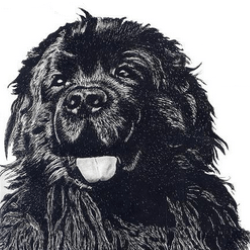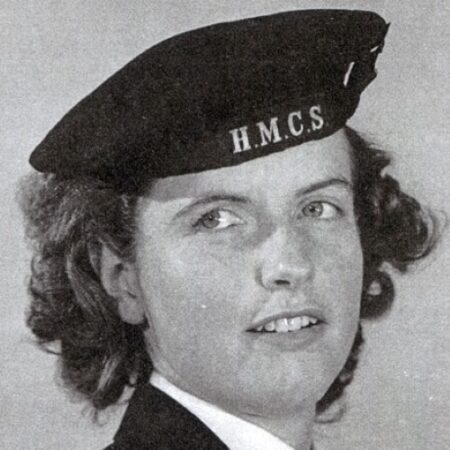Intelligence is the key to victory. During the Second World War, the Allies succeeded in deciphering the notorious Enigma machines used by Nazi Germany. Within the British intelligence services, two Canadian women were directly involved in this vital work: Nance Wright and Madge Trull.
With the release of the 2014 Hollywood Blockbuster The Imitation Game, the complex German coding system from the Second World War was introduced to popular culture. The intricate coding machine used to produce these encryptions goes by the name Enigma, meaning “the riddle” and has had several variations. It has since become an iconic symbol of the mid-20th century intelligence sectors.
The Enigma machine
Although the four-rotor Enigma machine or Wehrmacht Enigma, was widely used in all areas of the German military, it was the Navy that implemented it most effectively. The German Navy used this machine to coordinate the wolf pack tactics employed by their U-boat fleets, particularly during the Battle of the Atlantic.
It took a team of highly intelligent Polish and British scientists to create counter machines, called Bombes. These Bombes would decipher the coded message back to their original German to be translated by the Allied intelligence staff.
The most recognizable scientist involved was, of course, Alan Turing, played by Benedict Cumberbatch in the film adaptation. However, what most people are unaware of, is the Canadian presence during these events. In fact, two women with ties to Canada were present at varying stages of the Enigma breakthrough at Bletchley, England, where this all took place.
Right: One of the Enigma machine models, now preserved at the Museo Nazionale Scienza e Tecnologia Leonardo da Vinci in Milan.

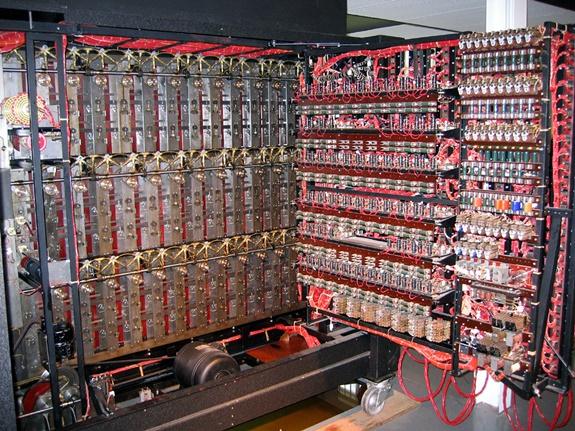
Nance Wright and Trull
Nance Wright, who spent the early years of her life in Ontario, immigrated back to Britain just before the outbreak of the Second World War, in 1938. It was then that Wright became actively involved in the intelligence sector of the war effort.
Wright was sent to Bletchley Park: an imposing house in the town of the same name, just a few hours’ drive from London. Bletchley Park was purchased in 1938 by the British Secret Service as a base of operations in the event of war. As a matter of fact, from 1939 onwards, many talents from all branches of the British army were mobilized in the field to decipher enemy messages.
Throughout the war, Wright worked at Bletchley decoding intercepted messages and later began working with the decoded Enigma messages.
The other influence was her colleague Madge Trull, whose connection to our country comes after the War when she moved to Canada. It was then that she married Flight Lieutenant John C. Trull of the Royal Canadian Airforce.

In Britain, she joined the Women’s Royal Naval Service (WREN), where she trained as a cryptologist. After being trained as a cryptologist, Trull was sent to work in a “bay” – as she called it – at Bletchley Park. Here, Trull would work alongside the Bombes to decode intercepted German communications. As she told The Memory Project in 2010, her work was very secretive:
“First of all, we were sworn under the War Secrets Act, which was ninety years. I haven’t reached that yet, but there are certain things that have to be kept quiet, and I’m never a hundred percent sure what I can or what I can’t talk about. Because at the time, if we had divulged anything, we could have either been sent up to detention camp, or… believe it or not, they said shot! We were very careful not to speak to anybody about it. My mother died not knowing what I did.” (source)
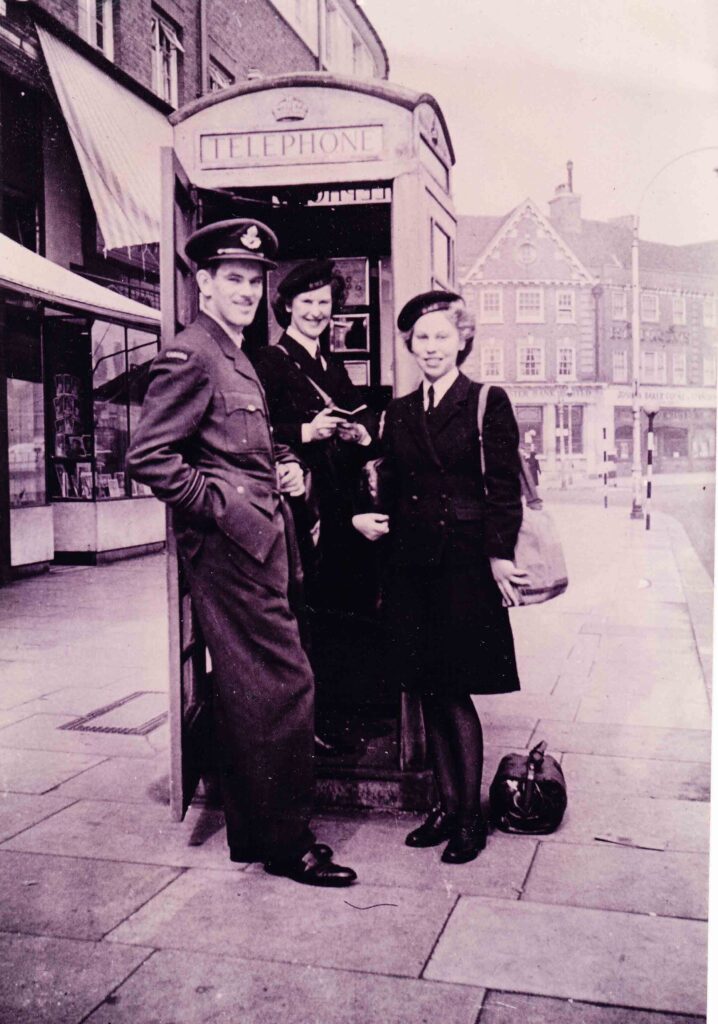
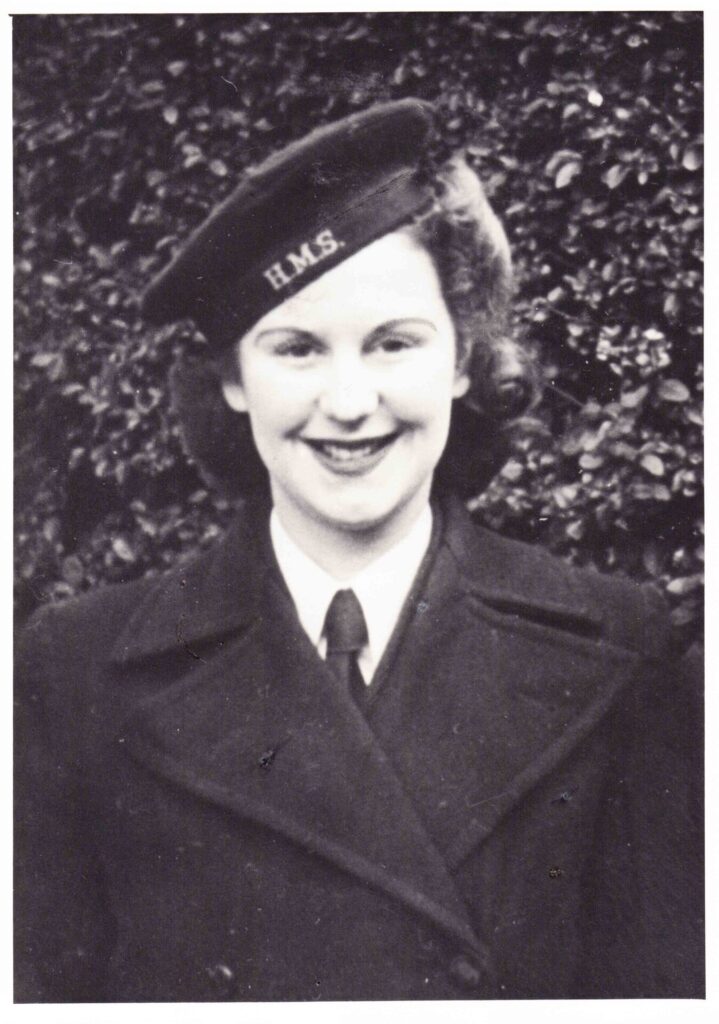
An incredible influence
It has been theorized by historians, that by deciphering the Enigma machine the Allies were able to shorten the Second World War by at least three years! It’s difficult to confirm these assertions, but it’s certain that the work carried out by members of the secret services – from great thinkers to office workers – was indispensable to the war effort. Without these people, it is certain that victory would have been harder to achieve.
If you wish to see a version of the Enigma Machine first hand, be sure to visit The Military Museum in Calgary, Alberta. There you will find a Swiss-made machine, along with an in-depth display of information.
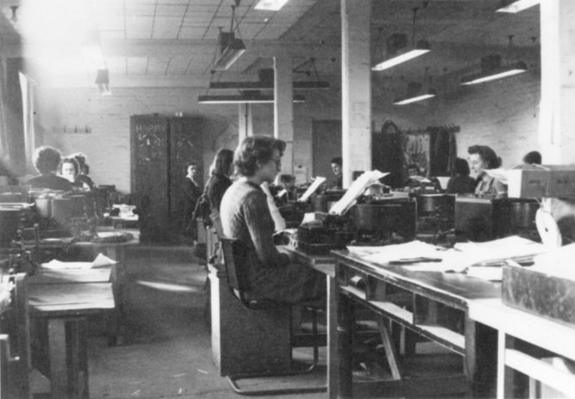
Re-printed here with the permission of Valour Canada as part of a collaboration between JMS and Valour Canada. To see more articles like this one, check out their Military History Library.
For more information:
- CryptoMuseum gives a good introduction to the Bombe and how it works.
- See also this article on Bombs from the National Museum of Computing.
- To learn more about Madge Trull, consult her interview done with Memory Project.
- To read Nance Wright’s In Memoriam, see Legacy.
Finally, read the original article on Valour Canada.


